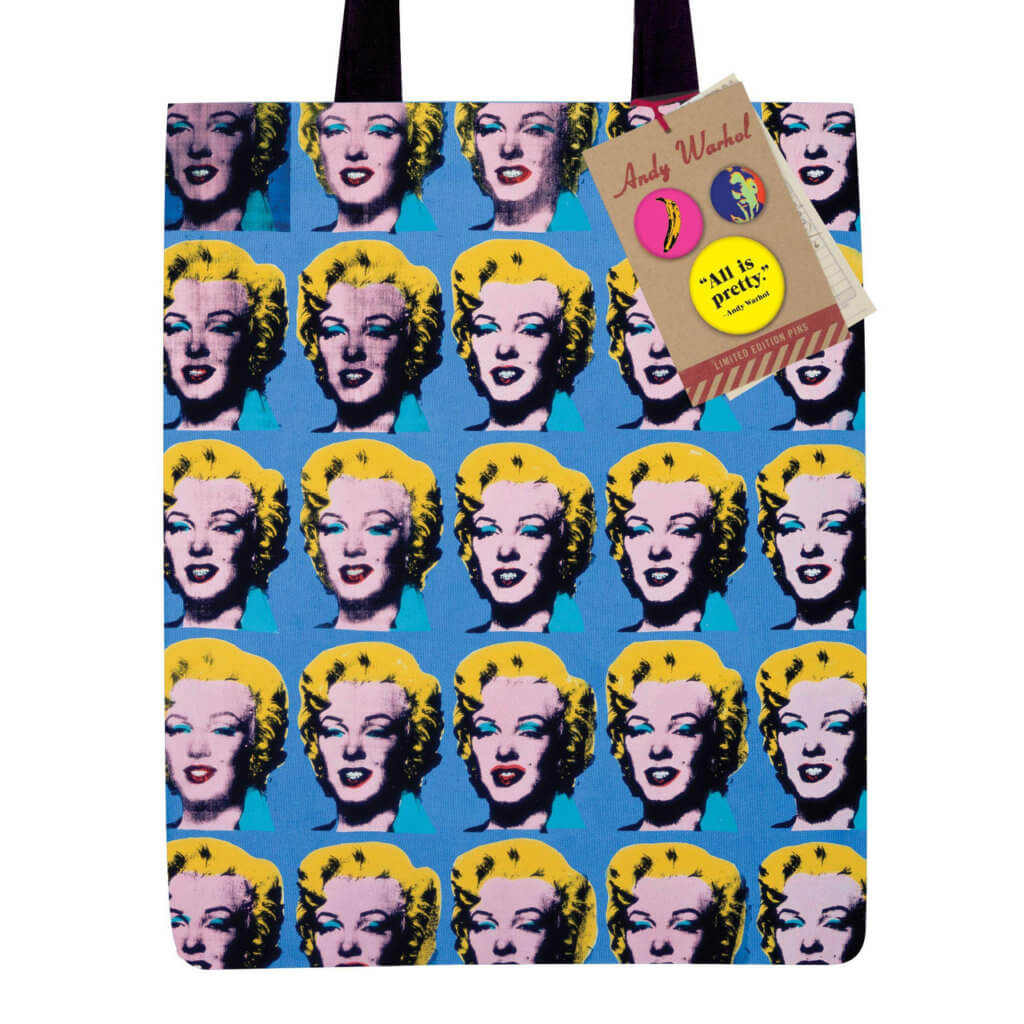Blog > Stories
Monroe as a Caesar, a Saint, a Copy, and Never a Person

Blog > Stories
Monroe as a Caesar, a Saint, a Copy, and Never a Person

Woo! Andy Warhol. Am I right? For years he repeated subjects and methods, putting out so much work that lots of people inside and outside the art world took pot shots like, “I (my kid, anyone, ….) could make that.” And “It’s just a poster.” And “Why would anyone want a picture of soup?”
And that doesn’t even broach at the miffy complaints that people made about The Factory, the collective production there, and some people’s rending of garments over Warhol (and his friends’) lifestyle.
From today’s seat, it all seems like a bit of a goat rodeo. Chaotic and maybe a little exploitative. But the distance shows threads that Warhol was pulling at and we still haven’t really repaired, like how we handle celebrity and treat the very real humans that also happen to be famous. Let’s look at the Marilyn Monroe portraits, the art historical references that they make, and the reason that artists (not just Warhol!) repeatedly return to the same composition.
Rally has a couple of Warhol’s in the collection, but here’s our focus: Marilyn Monroe (Marilyn 25), 1967 by Andy Warhol. Number 140/250.


And we’re going to talk about two other Marilyns, huge extremes on the spectrum: the Shot Sage Blue Marilyn, recently auctioned for $195 million; and the Warhol Marilyn Tote, available today for $19.99 through the Warhol Museum in Pittsburgh. There is historical context from Caesars to saints, to Hollywood press junkets, to Madison Avenue that make this specific portrait series both a commentary on icons and also an objectification of value by pop art’s own patron sinner, Andy Warhol.












